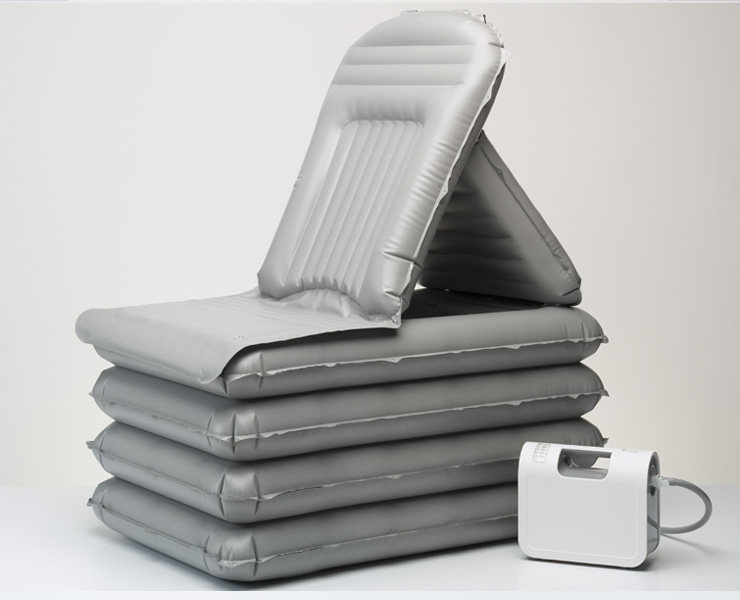Biomechanics in moving and handling
Understanding the basics of biomechanics in moving and handling is key, especially when justifying often costly equipment to managers who are often lay people, or not inducted to the complex world of moving and handling. The main principle we will concern ourselves with is the principal of force. Explained very quickly; if you need to move 100lbs in weight, you will require more than that number to be able to move it. This basic principle come from Newton’s second law of motion (Khan Academy 2020). Therefore, for example if you have a 320 lb person collapsed on the floor and they are unable to get themselves up and require help to do so, they will need a force greater than 320lbs in lift to achieve that. This does not consider displacement of the weight. Similarly, when moving that same weight across a surface such as a room, in a mobile hoist, the same rules applies with the added friction of the hoist meeting the floor. Again, a person may not be deemed bariatric however their body shape might mean getting access to the person to assist safely or friction between themselves and surfaces, such as the side of chairs, may also increase biomechanical resistance.





 UK
UK 


